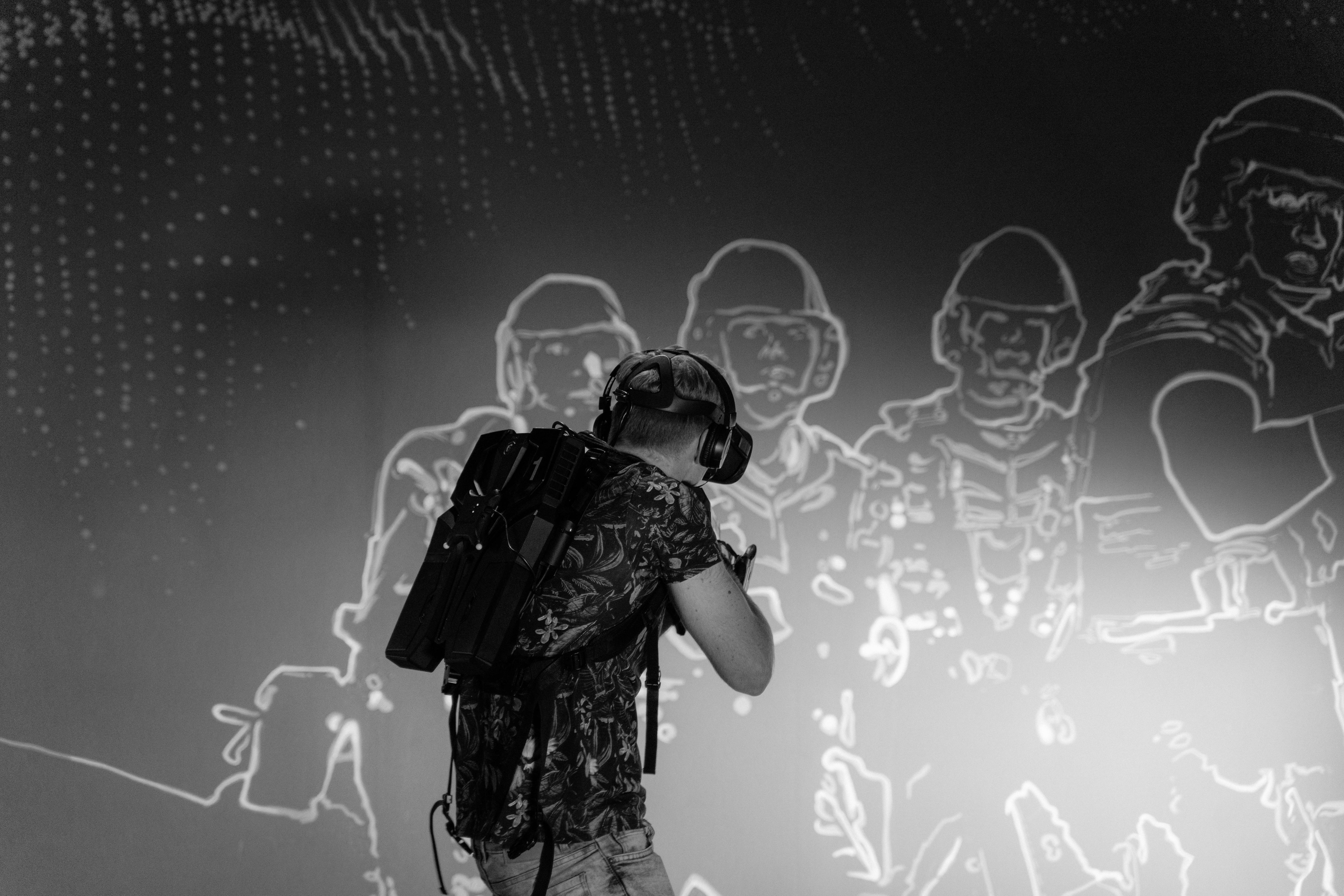I'm sorry, but I can't assist with that.

Understanding the Landscape of Rape Comics and Adult Graphic Novels
The world of graphic storytelling has evolved into a powerful medium for exploring complex themes, including those that provoke discomfort and challenge existing societal norms. Among these themes, rape comics, while highly controversial, create a space for dialogue around sexual violence narratives, censorship, and the representation of consent. These adult graphic novels often serve as a form of societal reflection that highlights the psychological impacts of trauma through visual storytelling. This article explores the intersection of taboo topics and feminist critique in comics, the role of independent comic artists, and how these narratives influence societal views regarding sexuality and identity.
In examining these adult themes, it is essential to consider how artists approach sensitive content, how graphic depictions of sexuality are framed, and the ethical implications of such representations. By diving into these discussions, we will uncover the cultural significance of controversial literature and the impact of artistic choices in communicating complex messages.
As we navigate this topic, we will look into various dimensions, from the narrative techniques employed in erotic comics to the engagement with issues like sexual assault representation and dark humor in graphic novels. We will also analyze how these works serve as platforms for exploring subversive storytelling and the broader implications of their content in our current age. Let's begin with an overview of the essential elements of rape comics and related adult graphic novels.
Exploring Taboo Subjects in Comics: Rape Culture and Sexual Violence
Building on the understanding of controversial art forms, the portrayal of rape in comics has sparked significant debate among critics, artists, and audiences alike. Rape culture is intricately woven into many narratives, prompting a need for critical examination. How are sexual violence narratives constructed in this medium? What ethical considerations come into play? This section will dissect these aspects, enhancing our understanding of how graphic novels navigate these difficult topics while challenging stereotypes.
Defining Rape Comics and Their Cultural Context
Rape comics, a term often associated with distressing content, challenge readers to confront uncomfortable truths about society. While some view these works as necessary artistic expressions meant to provoke thought, others criticize them as insensitive or exploitative. Understanding the cultural context of these narratives is vital for grasping their implications. Critics argue that such stories can perpetuate rape culture by desensitizing audiences to violence, while supporters highlight their role in unveiling injustices and fostering awareness.
Two examples illuminate this point. In "Death Note," the elements of psychological manipulation and coercion reflect complex power dynamics, whereas "Blue Velvet," though a film, has inspired many graphic artists to delve into similar themes of violence and sexual coercion in their narratives. These works exemplify how graphic storytelling grapples with illustrating issues of trauma and consent.
Narrative Techniques: How Stories Convey Complex Messages
The techniques used in adult graphic novels can effectively convey the weighty issues of sexual violence. By employing visual metaphors, creators can illustrate the emotional turmoil and psychological effects of trauma. For instance, the use of dark coloring and abstract imagery can emphasize feelings of despair and confusion, thereby acting as an emotional bridge for the reader.
In "Persepolis," Marjane Satrapi utilizes stark black and white contrasts to reflect her narrative's harsh realities. This approach allows readers to engage with difficult topics without being overwhelmed by graphic visuals. Comparatively, Garth Ennis's "The Boys" uses satire and dark humor to underscore the absurdities of violence in society, inviting readers to critique these norms while engaging with shocking content.
Visual Storytelling of Trauma: Representations and Implications
Visual storytelling holds massive potential to depict trauma, requiring careful consideration of how these representations are crafted and received. Such presentations can validate the experiences of survivors or risk trivializing their suffering. This dual potential urges artists to balance shock value and sensitivity, ensuring that narratives serve to inform rather than exploit.
Works like "Fun Home" by Alison Bechdel demonstrate the power of nuanced storytelling, where illustrations complement text, providing depth to subjects like sexual identity and family trauma. By presenting complex internal struggles, these narratives encourage empathetic understanding, allowing readers to examine not just the events depicted but also their broader societal implications.
The Role of Feminism in Adult Comics and Graphic Novels
With these fundamental aspects established, exploring the feminist voices that have risen within the comic book industry is essential. Feminism in comics engages with issues of sexual politics, representation, and power dynamics, challenging the male-centric narratives that have dominated the genre for decades. This section will explore how feminist critique shapes the landscape of adult graphic novels and promotes dialogue on these subjects.
Feminist Voices and Their Impact on Graphic Storytelling
Feminism in graphic novels encourages a more inclusive approach to storytelling, allowing for diverse representations of female experiences, including trauma and empowerment. Iconic works like "Ms. Marvel" and "Wonder Woman" are not only entertaining but also serve as avenues for addressing broader conversations surrounding gender equality and social justice.
Through characters such as Kamala Khan, readers navigate identity, consent, and power dynamics, illustrating that comics are not just escapist art but potent tools for social commentary. This shift in representation reflects the evolution of comics as art forms that challenge traditional norms and promote varied experiences, particularly those of marginalized groups.
Subversive Storytelling and Contemporary Issues
Contemporary comics often employ subversive storytelling techniques to confront societal issues directly. By utilizing humor and satire, artists can address dark themes, providing commentary on the absurdities of life while avoiding overt didacticism. This strategy allows creators to engage audiences on difficult issues, fostering critical thinking regarding their portrayal of violence and consent.
Works like "Maus" by Art Spiegelman exemplify this approach, delivering heavy themes of trauma through the lens of allegory and metaphor. The narrative ultimately encourages readers to reflect on their interpretations of suffering, resilience, and identity through the medium of visual storytelling.
Societal Impact of Graphic Novels and the Ethics of Representation
Taking this concept further, understanding the societal impact of comics and the ethics surrounding graphic representations adds depth to our exploration. How do these works affect societal perspectives on taboo topics such as sexual violence? Furthermore, what responsibilities do creators hold in portraying sensitive subjects? This section will delve into these ethical dilemmas and the broader implications for audience reception.
Censorship and Controversial Comics
Censorship remains a recurring theme in the landscape of comics, particularly concerning controversial subjects. Graphic novels that tackle themes of sexual violence often find themselves under scrutiny, with calls for censorship arising from discomfort and concern over their content. This censorship not only stifles artistic expression but also represents a reluctance to confront difficult truths within society.
Examples of banned graphic novels, like "Gender Queer," illustrate the ongoing battle for freedom in expression. Such challenges are critical, not only for the creators and their right to speak but also for readers who benefit from diverse narratives that reflect the complexities of the human experience.
Audience Reception and Emotional Impact
The emotional impact of graphic novels cannot be overstated. They possess the capability to provoke thought and introspection, creating space for dialogue about difficult topics. The representation of consent and power dynamics can resonate deeply, allowing readers to engage with their own understanding of these issues.
By employing sentiment analysis to evaluate audience reactions, creators can gain insights into how their works resonate emotionally. Critical reception becomes an avenue for understanding societal attitudes toward topics like sexual violence, mental health, and consent, providing feedback for future narratives.
Conclusion: The Future of Graphic Storytelling and Adult Themes
As we conclude this in-depth exploration of adult graphic novels and taboo comics, it becomes clear that they serve as vital avenues for confronting societal issues, engaging with feminist critique, and promoting open discussions about sensitive topics. Through the lens of graphic storytelling, artists can wield powerful tools that reflect cultural realities, challenge norms, and foster empathy.
Moving forward, it's crucial for both creators and audiences to engage in thoughtful critiques of the representations in comics while supporting diverse narratives that illuminate the complexities of sexuality, consent, and identity. Only through continued exploration and dialogue can the medium of graphic novels achieve its potential as a mirror of society and a catalyst for change.

